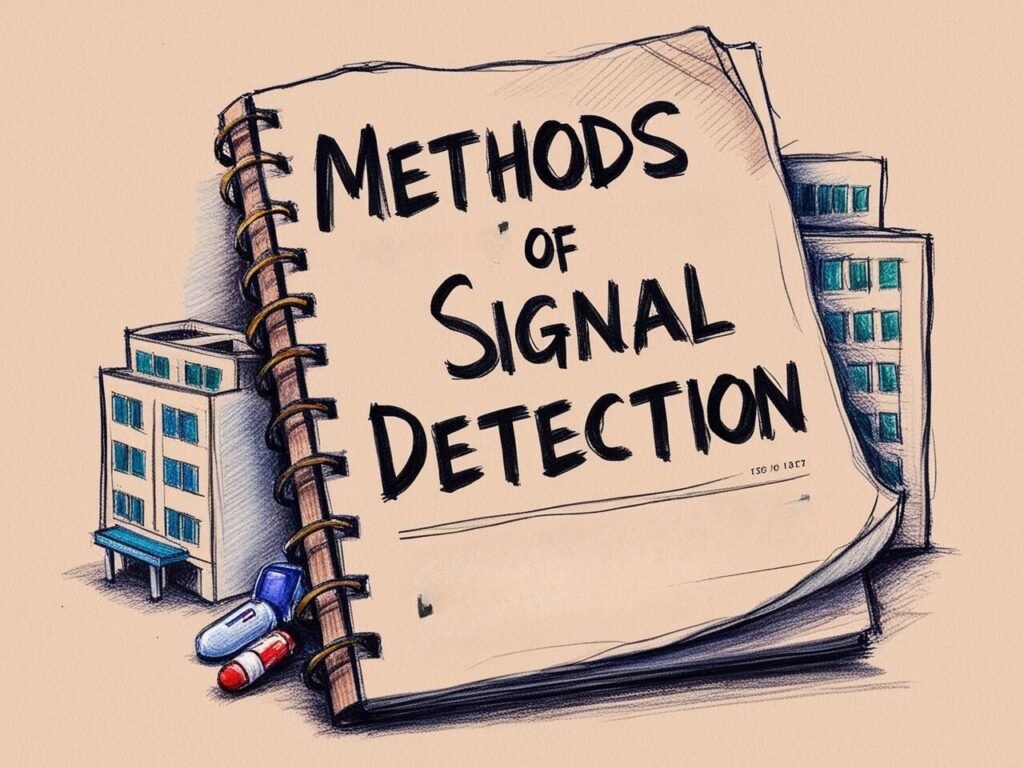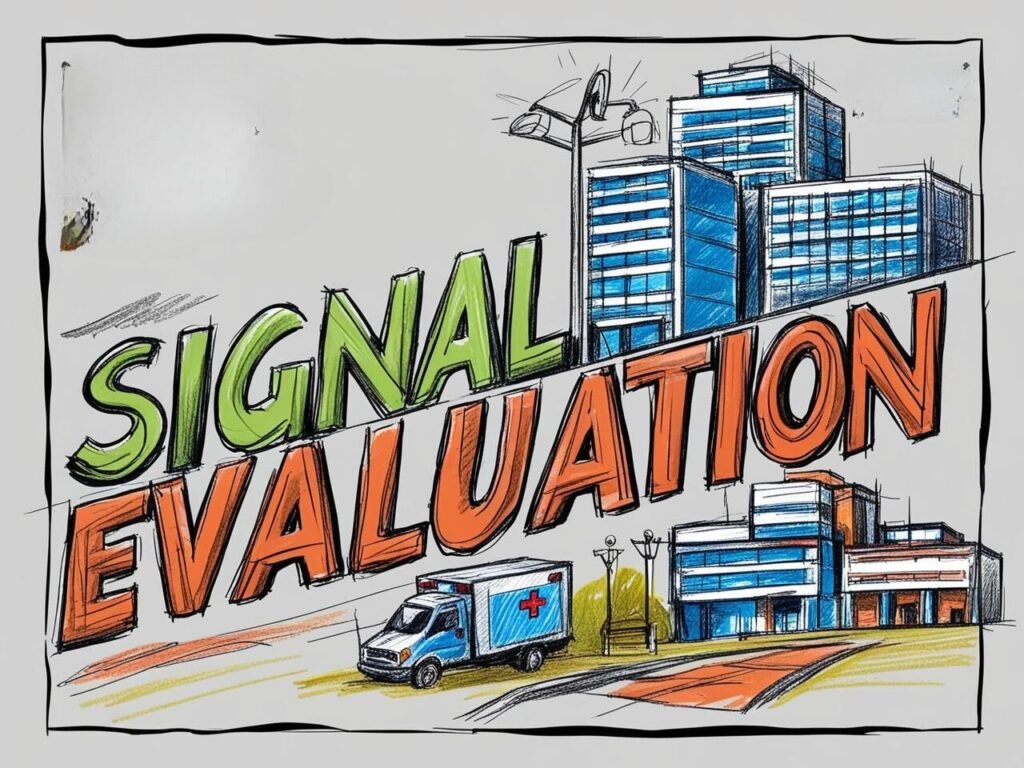Signal detection in pharmacovigilance refers to the process of identifying new or previously unrecognized adverse drug reactions (ADRs) or other safety issues from various data sources. Think of it as being a detective on a mission to uncover hidden clues about drug safety.
Purpose: The main goal is to identify potential safety signals early to prevent harm to patients and take necessary regulatory actions.

Methods of Signal Detection
There are several methods used to detect signals, each with its strengths and weaknesses:
- Spontaneous Reporting Systems: Collecting and analyzing reports of adverse events submitted by healthcare professionals, patients, and pharmaceutical companies.
- Example: The FDA’s Adverse Event Reporting System (FAERS).
- Data Mining and Statistical Methods: Using advanced algorithms and statistical techniques to identify patterns or anomalies in large datasets.
- Example: Disproportionality analysis, where the frequency of an adverse event is compared to the background frequency in a database.
- Clinical Trials and Epidemiological Studies: Monitoring and analyzing data from clinical trials and large-scale epidemiological studies to identify potential signals.
- Example: Long-term studies following patients using a particular drug.

Signal Evaluation
Once a potential signal is detected, it needs to be thoroughly evaluated to determine its significance and whether any regulatory action is required. This process involves:
- Validation: Confirming that the signal is real and not due to data errors or biases.
- Assessment: Evaluating the causal relationship between the drug and the adverse event.
- Characterization: Determining the nature, frequency, and severity of the adverse event.
- Decision-Making: Deciding on the appropriate regulatory action, such as updating the drug label, issuing warnings, or conducting further studies.

Entertaining Example
Imagine you’re a seasoned treasure hunter (pharmacovigilance expert) on a quest to uncover hidden treasures (safety signals) buried deep within a vast desert (drug safety data).
- Spontaneous Reporting Systems: You receive tips from fellow treasure hunters (healthcare professionals and patients) about possible treasure locations. Each tip is a report of an adverse event. You analyze these tips to identify patterns and determine where to dig.
- Data Mining and Statistical Methods: You use high-tech gadgets (advanced algorithms and statistical methods) to scan the desert for anomalies. These gadgets help you detect unusual activity (signals) in specific areas.
- Clinical Trials and Epidemiological Studies: You study historical maps and records (clinical trials and epidemiological studies) to identify regions where treasures were previously found. This helps you focus your search on promising areas.
Once you find a potential treasure site (signal detection), you need to evaluate it:
- Validation: You double-check the coordinates (data) to ensure the treasure is real and not a mirage (data error).
- Assessment: You dig deeper (evaluate the causal relationship) to determine if the treasure (adverse event) is actually related to the clues you found (the drug).
- Characterization: You analyze the treasure (adverse event) to understand its value (severity and frequency).
- Decision-Making: Finally, you decide on the best course of action. Do you keep the treasure (issue warnings), store it securely (update the drug label), or continue searching for more clues (conduct further studies)?